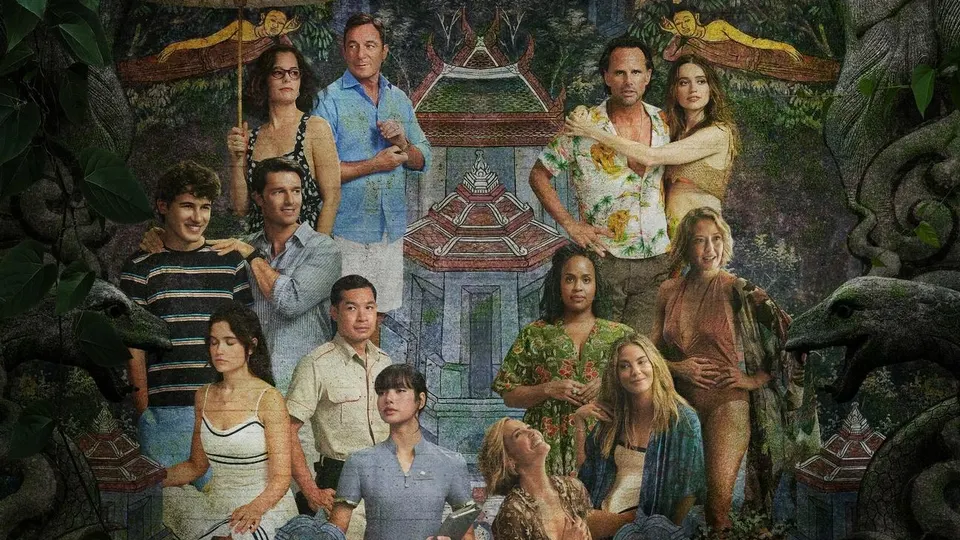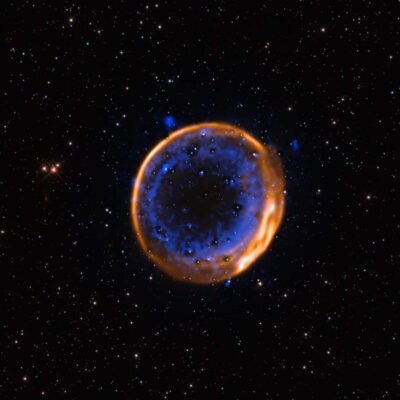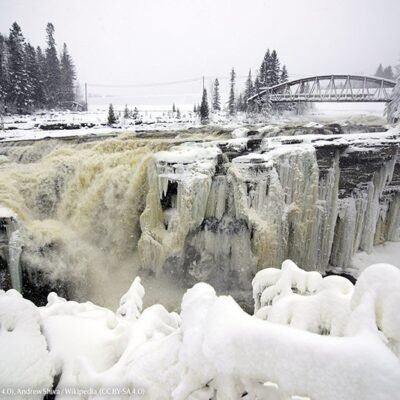(RNS) — For me, and for many others, watching the third season of the acclaimed HBO/Max series “The White Lotus” was a religious experience.
What drew me to the series — enough for it to have become my ritual obsession? More than the exotic locations, it was the characters — wealthy, pampered, but none of them truly understanding how their financial comfort barely conceals their emotional and psychological discomfort.
There was the ubiquitous trademark plot device. “White Lotus” is not a “whodunit.” It is a “whoisit.” At the beginning of each season, there is a body (or two). You spend the rest of the season wondering who that dead person will be. (Warning: serious spoilers below.)
What was the religious vision of this season of “The White Lotus”? It starts with Buddhism. Those who are adept at Buddhism can analyze how those themes play out: desire, which leads to suffering, which leads to the need to release oneself from oneself. The omnipresent monkeys represent the Buddhist concept of monkey mind, a state of restlessness and a lack of control of one’s thoughts.
From Buddhism, to Greek tragedy. One character, Rick, believes that Jim Hollinger, the resort owner, had murdered his father, depriving him of the childhood he deserved. Rick shoots Hollinger, only to discover that the dying man was, in fact, his father. Which ultimately results in Rick and his partner, Chelsea, dying together — a scene out of Greek tragedy, soulmates forever, as Chelsea had predicted and hoped for.
You want Greek tragedy? Take Timothy Ratliff, beset with financial and legal problems, and the burden of keeping up pretenses. With every episode, his angst and existential terror mount. In the final episode, feeling himself and his family beyond hope, Tim mixes up pina colada in the blender, adding a poisonous fruit that grows on the property. Tim wants to kill himself and his family. Had that scene concluded with its lethal consequences, it would have been worthy of any ancient Greek tragedian.
But then, Tim rethinks the family suicide plan, and knocks the glasses out of their hands. Tragedy averted.
That is, until the next morning. Tim’s son Lochlan mixes a protein smoothie in the blender that still held residue of the poison fruit. Lochlan drinks the smoothie and collapses, close to death. Tim finds him and the agony of the scene rips your guts out.
At the last minute, however, Lochlan vomits out the offending mixture. He has had a near-death experience; he claims he has seen God. Tim tells his family that they will get through whatever ensues — which his family remains clueless about even as the final credits roll. Presumably, they are heading home to a prison sentence for Tim and a traumatic loss of status for the family. By the end of the story, the daughter, Piper, has abandoned her goal of joining the Buddhist monastery. Her older brother, the soulless Saxon, has become just a little less of a — what does one character call him? — a douche.
We go from Buddhism, to Greek tragedy — and now, to Judaism.
Perhaps the Jewish “stuff” begins with the episode in which Rick frees the snakes, with one of them biting his girlfriend, Chelsea. I do not believe Mike White was thinking of the Garden of Eden story here, but that Thai resort is sort of Eden and we do have snakes.
But then, let’s go back to the almost-death of Lochlan.
The possible death of a beloved son … a father hovering over what was to have been his lifeless body … and a resurrection.
That is the Akedah, the binding of Isaac (Genesis 22).
It is the most-told story in the entire Hebrew Bible: read in synagogue on Rosh Hashana, the Jewish new year (theological prime time); and then again, in the autumn during the regular cycle of Torah readings; and unbeknown to most Jews, prayed as part of the traditional morning service. As such, it exists within the consciousness of every Jew and of everyone in the Western world.
The (almost) death of a beloved son, the aversion of that death, a redemption, the triumph of life over death, hope bursts forth — that is the binding of Isaac.
Some midrashim suggest Isaac really did die, and the angels saw him, dead upon the altar, and they wept, and their tears brought Isaac back to life. That is a resurrection. It is part of traditional Jewish theology and liturgy — techiat ha-meitim — of the messianic hope that at the end of history, the dead will be resurrected.
Every generation of Jews relives that dream. It is the story of Jewish survivors, renewing their lives after the Holocaust, telling their stories, passing those stories on to their children. It is the story of the modern state of Israel — which, in one version of the telling, is the story of the destroyed Jewish communities of Europe after the Holocaust and the destroyed Jewish communities of the Middle East, coming back from the ashes, and building anew.
For Isaac, it was an almost death on Mount Moriah in Jerusalem. For Jesus of Nazareth, it was a genuine death on an adjacent mountain — Golgotha — and a real resurrection. Good Friday will move into Easter.
So, this season of “The White Lotus” was all about the spiritual quest. It was about the search for meaning. How can I redeem the broken pieces of my childhood? What is the meaning of friendship? What does it mean to confront the darkest pieces of yourself? Perhaps each character in “White Lotus” represents one of the seven deadly sins: pride, greed, wrath, envy, lust, gluttony and sloth (spiritual laziness). (Shoutout to my colleague Rabbi Nadia Gold for pointing this out to me.)
One last thing — about Jason Isaacs, who plays Tim.
Jason Isaacs is an English actor and he is Jewish.
In one photograph, he sports a suit jacket with a yellow ribbon affixed to the lapel — a ribbon that symbolizes the plight of the hostages in the tunnels of Gaza.
They await their own redemption, their own journey from darkness to light, their own resurrection, as it were.
It is Passover.
What else should we be thinking about?





